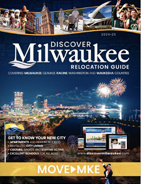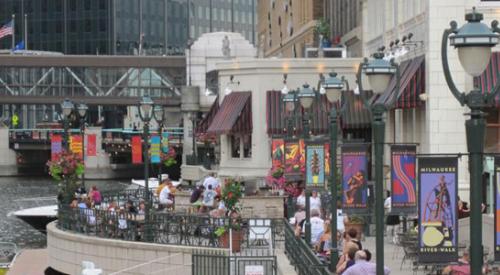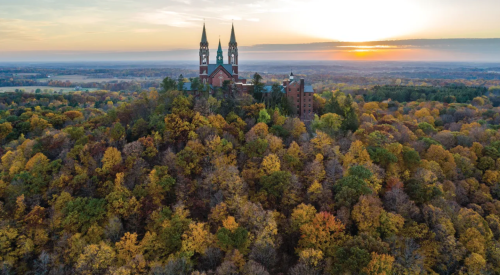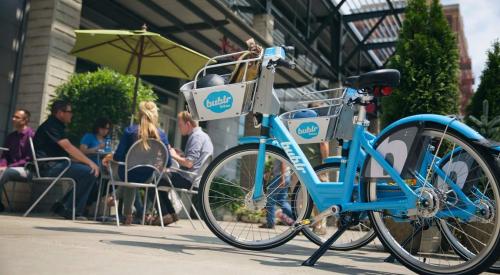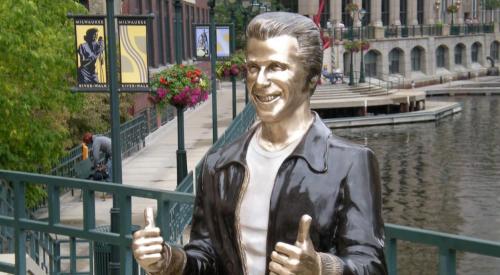

About
Milwaukee: Living Your Best Life in MKE
“With an affordable cost of living, great employment opportunities, family-friendly activities and a dining scene ... it’s no wonder that Brew City is one of the best places to live in the U.S.”
- Extraspace.com
What makes Milwaukee shine?
There are a lot of factors that make the Milwaukee area such a special place to live and work. Following are some examples:
Space Abounds
Milwaukee is spread out. Despite having many big-city offerings, Milwaukee has a density of about half that of Chicago, and less than a fourth that of New York. And with miles of lakefront beach and one of the largest urban park systems in the country, there is plenty for you to do outside.
Easy & Accessible
Milwaukee is easy to get around. The metro area boasts one of the best commute times in the country – 22 minutes each way. And if you don’t feel like driving, the city is known for its walkable neighborhoods.
Affordable
If you’re looking to buy a home, you will be surprised at how far your money will go. You’ll also be pleasantly surprised at your dining and entertainment costs.
A Booming Downtown
Milwaukee is being transformed by new developments, including the Deer District entertainment destination, apartment communities and corporate headquarters.
Diverse Music
Milwaukee offers a wide range of music with an opera company, symphony, venues of all sizes and the world's largest music festival.
A Strong Economic Region
There are different definitions depending on who is measuring what, but when we talk about the Milwaukee Region, we are referring to five counties in southeastern Wisconsin – Milwaukee, Waukesha, Ozaukee, Washington and Racine – that have a combined population of nearly 1.8 million people. Milwaukee is the largest city in the region with 573,020 people, followed by Racine (77,504), Waukesha (71,290) and West Allis (60,298). There are dozens of smaller communities in the region, as well as gorgeous, rural landscapes – including Waukesha County's lake country, the rolling glacial topography of the Kettle Moraine that spans Waukesha, Washington and Ozaukee counties, and the stunning Lake Michigan vistas in Ozaukee and Racine counties. For detailed information about the region's counties and communities, please see the Communities section, which starts on page 73of the current edition of Discover Milwaukee. Click on the "Order Copy Now" button to receive your free copy, or read the digital edition.

